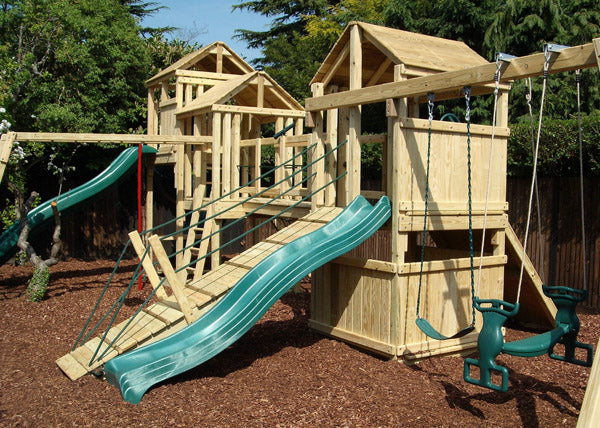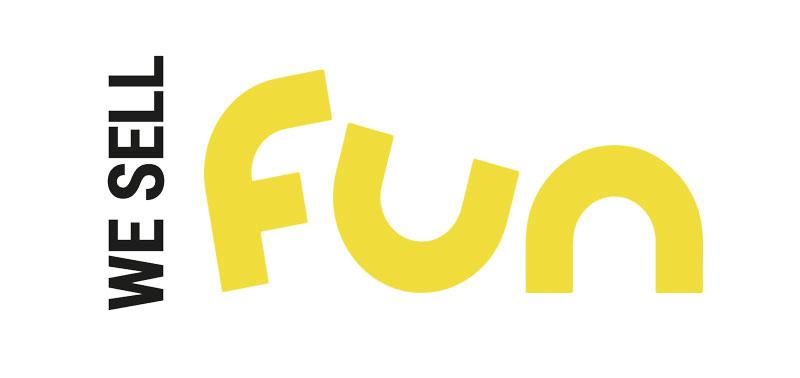Wooden Climbing Frames and Safety-Surfacing

Play bark is often used as a safety surface around climbing frames.
We are often asked, do we need safety surfacing for our climbing frame.?
If you are buying a climbing frame for use at home, the simple answer is probably ‘no’ but if you are buying on behalf of a school or for public use, the answer is almost certainly ‘yes’. This post deals solely with surfacing options for climbing frames used at home, please look out for our upcoming article on surfacing for the commercial environment or if you can’t wait for it , email me and I’ll be happy to advise you - andrew@capitalplay.co.uk
Having said that safety surfacing is not needed at home, we are only making reference to the legal stand point, as set out in EN71, the regulation that covers play equipment and toys for use at home. For obvious reasons, having some form of surfacing can only help to prevent injury should a child fall off a climbing frame and there are various well priced options available.
Play Bark
Lay membrane under bark.
This is the most commonly used option as it does not look out of place in the average British garden, is readily available and can be used on uneven or rough ground. The bark should be laid to a depth of circa 6-8 inches and don’t forget that you will need some form of membrane under it to stop the bark being trodden in to the mud. This type of membrane can be bought from most good Garden Centres.
There are various types of bark available, some more durable and softer than others, so if your budget allows go for a ‘Play-Grade’ bark as it will last and is soft. Though again you can buy bark through a Garden Centre it can work out to be quite expensive, so you may chose to go direct to a specialist distributor. We would recommend Melcourt as being good value – see their website for the options available and to find your local stockist http://www.melcourt.co.uk/
Rubber Tiles
Rubber matting surface.
The beauty of rubber tiles is that you can be highly choosy as to where you place the tiles around the equipment – the tiles can be laid individually so you can place the strategically around the climbing frame where they are most needed ie where your children are most likely to fall off !
Expect to pay circa £20 per tile (based on the common size of 1.0m x 1.5m) and don’t forget that you will need to order the pegs that secure the mats in to the ground and that these mats come in two common thicknesses – 16mm and 22mm – the thicker the better.
As you will see in the picture, the grass will grow through the tiles so over time they will blend nicely in to your lawn!
There are various companies that’s sell tiles and the ‘market price’ does seem to fluctuate, so put ‘’ rubber safety tiles for play equipment’’ in to your search engine and see what you find.
Rubber Mulch
Rubber mulch lasts forever.
A recently available option is to use ’Rubberised Bark’ – in effect recycled rubber, often car tyres, in place of bark. The big advantage is that unlike natural bark that crumbles over time, rubber will last forever. The initial cost will be slightly more than natural bark, but your will not need to top it up over time.
Conclusion – do you have a good quality lawn?
If your climbing frame is sited on a lawn that has plenty of grass on it, depending on the height of your climbing frame you can probably get away without surfacing as good quality grass is deemed to be a soft enough landing for Critical Fall Heights ( CFH) of up to 1.5m.
The CFH is deemed to be the highest point from which a child can …’reasonably be expected to fall..’
So if your climbing frame is 3.0m to the top of the roof but the platform where they play is 1.5m from the ground, the CFH is 1.5m not 3.0m
A great deal of additional information about safety at play can be found at ROSPA – the body that amongst other things looks after safety and children’s play. http://www.rospa.com/






